Below I have code that will take input from a microphone, and if the average of the audio block passes a certain threshold it will produce a spectrogram of the audio block (which is 30 ms long). Here is what a generated spectrogram looks like in the middle of normal conversation:
From what I have seen, this doesn't look anything like what I'd expect a spectrogram to look like given the audio and it's environment. I was expecting something more like the following (transposed to preserve space):
The microphone I'm recording with is the default on my Macbook, any suggestions on what's going wrong?
record.py:
import pyaudio
import struct
import math
import numpy as np
from scipy import signal
import matplotlib.pyplot as plt
THRESHOLD = 40 # dB
RATE = 44100
INPUT_BLOCK_TIME = 0.03 # 30 ms
INPUT_FRAMES_PER_BLOCK = int(RATE * INPUT_BLOCK_TIME)
def get_rms(block):
return np.sqrt(np.mean(np.square(block)))
class AudioHandler(object):
def __init__(self):
self.pa = pyaudio.PyAudio()
self.stream = self.open_mic_stream()
self.threshold = THRESHOLD
self.plot_counter = 0
def stop(self):
self.stream.close()
def find_input_device(self):
device_index = None
for i in range( self.pa.get_device_count() ):
devinfo = self.pa.get_device_info_by_index(i)
print('Device %{}: %{}'.format(i, devinfo['name']))
for keyword in ['mic','input']:
if keyword in devinfo['name'].lower():
print('Found an input: device {} - {}'.format(i, devinfo['name']))
device_index = i
return device_index
if device_index == None:
print('No preferred input found; using default input device.')
return device_index
def open_mic_stream( self ):
device_index = self.find_input_device()
stream = self.pa.open( format = pyaudio.paInt16,
channels = 1,
rate = RATE,
input = True,
input_device_index = device_index,
frames_per_buffer = INPUT_FRAMES_PER_BLOCK)
return stream
def processBlock(self, snd_block):
f, t, Sxx = signal.spectrogram(snd_block, RATE)
plt.pcolormesh(t, f, Sxx)
plt.ylabel('Frequency [Hz]')
plt.xlabel('Time [sec]')
plt.savefig('data/spec{}.png'.format(self.plot_counter), bbox_inches='tight')
self.plot_counter += 1
def listen(self):
try:
raw_block = self.stream.read(INPUT_FRAMES_PER_BLOCK, exception_on_overflow = False)
count = len(raw_block) / 2
format = '%dh' % (count)
snd_block = np.array(struct.unpack(format, raw_block))
except Exception as e:
print('Error recording: {}'.format(e))
return
amplitude = get_rms(snd_block)
if amplitude > self.threshold:
self.processBlock(snd_block)
else:
pass
if __name__ == '__main__':
audio = AudioHandler()
for i in range(0,100):
audio.listen()
Edits based on comments:
If we constrain the rate to 16000 Hz and use a logarithmic scale for the colormap, this is an output for tapping near the microphone:
Which still looks slightly odd to me, but also seems like a step in the right direction.
Using Sox and comparing with a spectrogram generated from my program:











